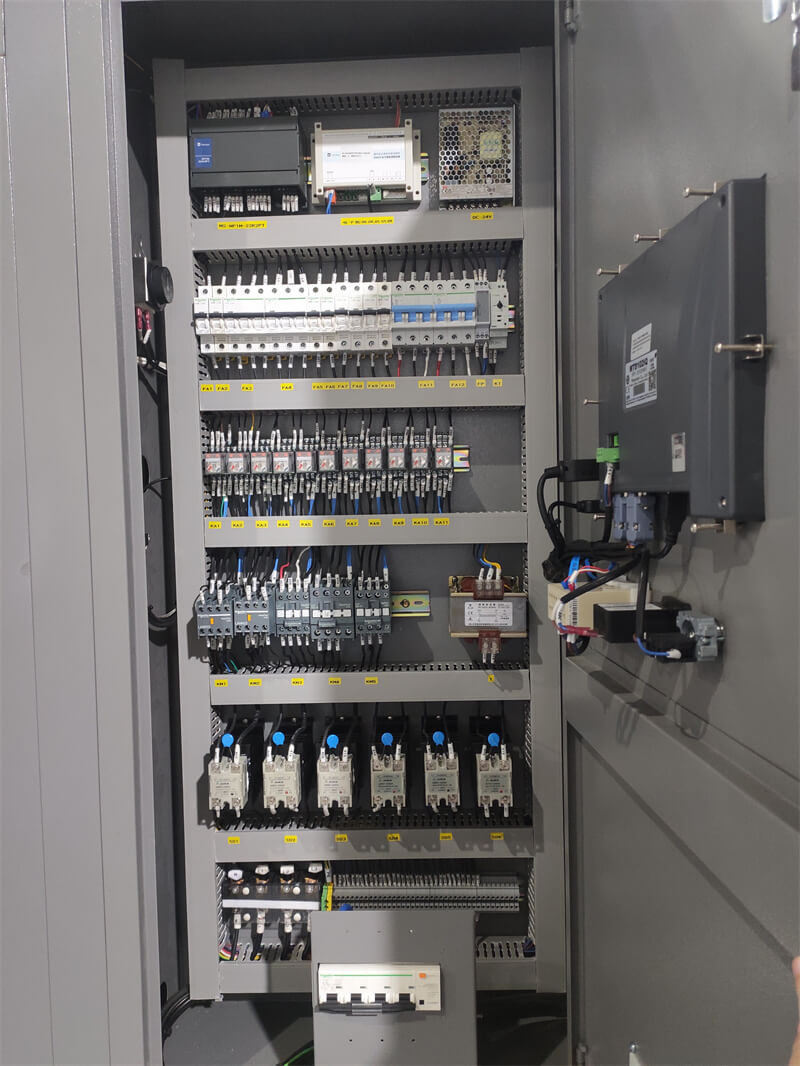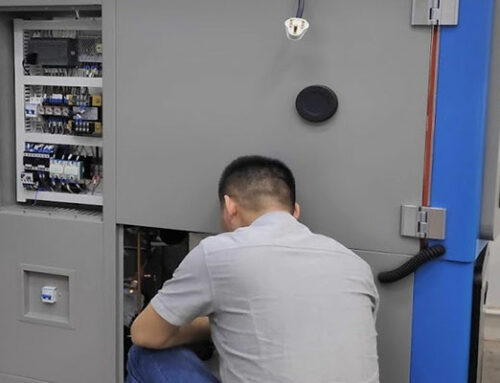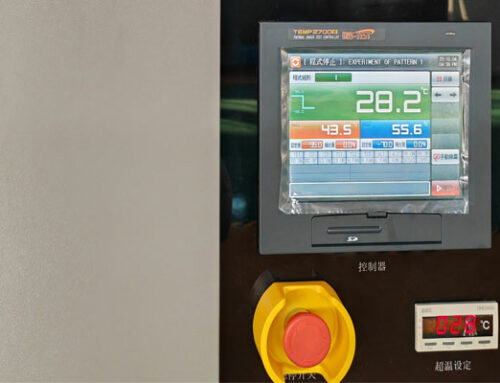Battery Testing Standards play a pivotal role in ensuring the safety, reliability, and performance of batteries in electric and hybrid vehicles. These standards encompass a range of methodologies and specifications aimed at subjecting batteries to rigorous testing conditions to evaluate their resilience under various environmental and operational scenarios.
In the rapidly evolving landscape of electric vehicles (EVs) and hybrid vehicles (HEVs), the pivotal role of batteries cannot be overstated. As the demand for sustainable transportation solutions surges, so does the need for robust battery systems that can operate safely and reliably across diverse environmental conditions. To meet these imperatives, stringent battery environmental testing specifications and standards have been established. Let’s delve into some of these standards, their methodologies, and their significance in ensuring the quality and safety of batteries.
1. Understanding Battery Testing Standards
The landscape of Battery Testing Standards is diverse and encompasses various protocols established by regulatory bodies and industry organizations worldwide. These standards aim to address different aspects of battery safety, performance, and durability, ensuring that batteries meet stringent quality criteria before deployment in electric and hybrid vehicles.
| Standard | Name | Test Scope | Test Purpose |
| SAE J2464 | Safety and abuse testing of charging energy storage systems for electric and hybrid electric vehicles | Battery, module, battery pack | Safety |
| SAE J2380 | Electric vehicle battery vibration system | Module, battery pack | Mechanical testing |
| ISO 12405-1 | Test procedures for lithium-ion power battery packs and systems for electric vehicles – Part 1 | Battery pack | Electrical performance |
| ISO 12405-2 | High-power application test specification
Test procedures for lithium-ion power battery packs and systems for electric vehicles – Part 2 |
Battery pack | Electrical performance |
| ISO 12405-3 | High-energy application test specification
Test procedures for lithium-ion power battery packs and systems for electric vehicles – Part 3: Safety performance requirements |
Battery pack | Safety |
| SAND2005-3123 | Guidelines for abuse testing of energy storage systems for electric and hybrid electric vehicles
|
Battery, module, battery pack | Safety |
| DOE/ID-11069 | Guidelines for maintenance-free vehicle battery testing for hybrid electric vehicles | Battery pack | Electrical performance |
| UL1642 | Lithium-ion battery | Module, battery | Safety |
| UL 2580 | Batteries for electric vehicles | Module, battery pack | Safety |
| Standard | Name | Test Scope | Test Purpose |
| UN 38.3 | Transportation of dangerous goods – Lithium metal batteries and lithium-ion batteries | Battery, module | Safety |
| IEC/EN 62660-1 | Secondary lithium-ion batteries for electric vehicles Part 1: Performance testing | Battery | Electrical performance |
| IEC/EN 62660-2 | Secondary lithium-ion batteries for electric vehicles Part 2: Reliability and abuse testing | Battery | Safety |
| IEC/EN 62660-3 | Secondary lithium-ion batteries for electric vehicles Part 3: Safety requirements | Battery | Safety |
| PV8450 | Lithium-ion batteries for electric vehicles | Battery | Safety & Performance |
| VW8000 | Electronic electrical components for vehicles up to 3.5 tons | Battery | Safety |
| AIS-048 | Battery-powered vehicles – Safety requirements for power batteries | Battery, module, battery pack | Safety |
| GB/T31467.1-2015 | Lithium-ion power battery pack and system for electric vehicles Part 1: High-power application test specifications | Battery pack | Electrical performance |
| GB/T31467.2-2015 | Lithium-ion power battery pack and system for electric vehicles Part 2: High-energy application test specifications | Battery pack | Electrical performance |
| Standard | Name | Test Scope | Test Purpose |
| GB/T31467.3-2015 | Part 3: Safety performance requirements for lithium-ion power battery pack and system for electric vehicles | Battery pack | Safety |
| GB/T31484-2015 | Requirements and test methods for cycle life of power batteries for electric vehicles | Battery, module | Electrical performance |
| GB/T31485-2015 | Safety requirements and test methods for power batteries for electric vehicles | Battery, module | Safety |
| GB/T31486-2015 | Performance requirements and test methods for power batteries for electric vehicles | Battery, module | Electrical performance |
| QC/T897-2011 | Technical conditions for battery management system for electric vehicles | Battery management system | – |
| GB/T34013-2017 | Product specifications and dimensions for power batteries for electric vehicles | Battery management system | – |
| GBT34014-2017 | Coding rules for automotive power batteries | Battery management system | – |
| GB/T34015-2017 | Detection of residual energy recovery for automotive power batteries | Battery management system | – |
2. SAE J2464 EV and HEV Rechargeable Energy Storage System Safety and Abuse Testing Guide:
Test Method: Environmental temperature cycling from 70℃ to -40℃ within 15 minutes.
Objective: Evaluate the system’s response to extreme temperature variations, ensuring operational integrity under diverse climate conditions.
3. IEC 60086-4 Safety Standard for Lithium Batteries:
Tests A and B: Height simulation and thermal cycling tests assess transportation and sealing integrity respectively.
Objective: Ensure no leakage, venting, short circuit, rupture, explosion, or ignition during simulated low-pressure and temperature cycling conditions.
4. IEC 62660-2 Reliability and Abuse Testing of Lithium Batteries for EVs:
High-Temperature Endurance: Subject batteries to 130℃ for 30 minutes.
Temperature Cycling: Assess thermal durability through alternating exposure to low and high-temperature environments.
Objective: Verify battery resilience and performance under extreme thermal stress.
5. U11642 Lithium Battery Standard:
Heating and Temperature Cycling Tests: Evaluate battery response to heat and temperature variations, ensuring safety and integrity.
Objective: Prevent fire, explosion, or leakage under heating and temperature cycling scenarios.
6. IEEE 1625 Laptop Battery Charge Standard:
Heating Test: Subject batteries to 130℃ to assess safety under high-temperature conditions.
Objective: Ensure battery safety during charging operations.
7. UN Lithium Battery Testing Requirements:
Height Simulation and Thermal Cycling Tests: Assess battery integrity under low-pressure and temperature cycling conditions.
Objective: Confirm safety and integrity during transportation and temperature variations.
8. IEC 62133 Lithium Battery Safety Standard:
Temperature Cycling and Thermal Abuse Tests: Evaluate battery response to temperature variations and abuse scenarios.
Objective: Prevent fire, explosion, or leakage under temperature cycling and abuse conditions.
9. UL 2054 Household and Commercial Batteries:
Heating Test and Thermal Cycling:Assess battery safety under high-temperature and temperature cycling conditions.
Objective: Ensure safety and integrity in household and commercial battery applications.
One of the crucial aspects of battery testing standards is the evaluation of their performance under extreme temperatures. Temperature chambers are utilized to subject batteries to both high and low temperature conditions, simulating the harsh environments they may encounter during operation.
Moreover, vibration testing is essential to assess how batteries withstand mechanical stresses during vehicle operation. A vibration test system is employed to simulate the vibrations experienced by batteries while driving on different types of terrain.
In addition to temperature and vibration tests, mechanical shock tests are conducted to evaluate the durability of batteries against sudden impacts and jolts. Mechanical shock test equipment is used to replicate these conditions, ensuring that batteries remain intact and functional under such circumstances.
Furthermore, drop tests are performed to assess the structural integrity of batteries and their housing in the event of accidental drops or collisions. A drop test system is employed to simulate these real-world scenarios, helping manufacturers design batteries that can withstand impacts without compromising safety or performance.
By subjecting batteries to comprehensive testing regimes utilizing temperature chambers, vibration test systems, mechanical shock test equipment, and drop test systems, battery manufacturers can ensure that their products meet the highest standards of safety, reliability, and performance in electric and hybrid vehicles.
In concluson, understanding and adhering to Battery Testing Standards are essential for ensuring the safety, reliability, and performance of batteries in electric and hybrid vehicles. By following these standards meticulously, manufacturers can instill confidence in consumers regarding the quality and safety of their products. For more insights into battery testing standards and best practices, visit Linkotest.










Leave A Comment